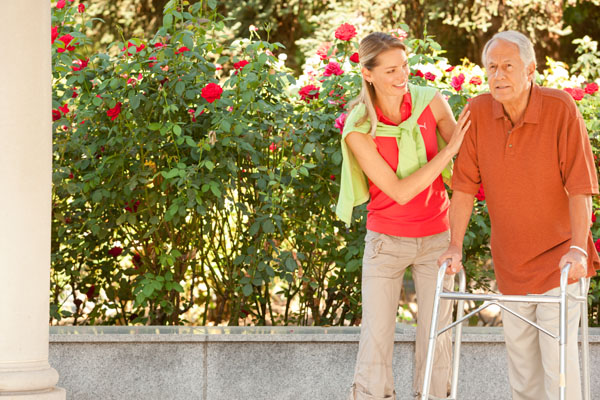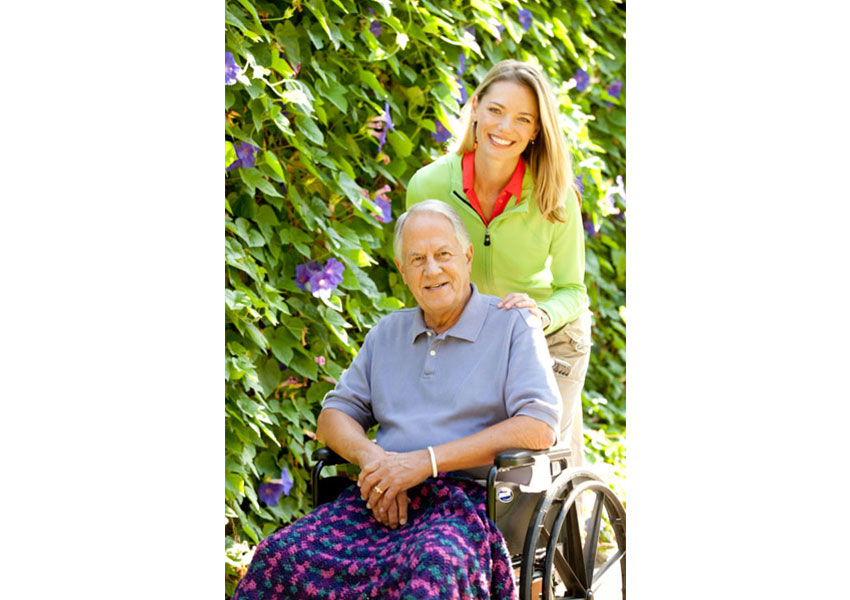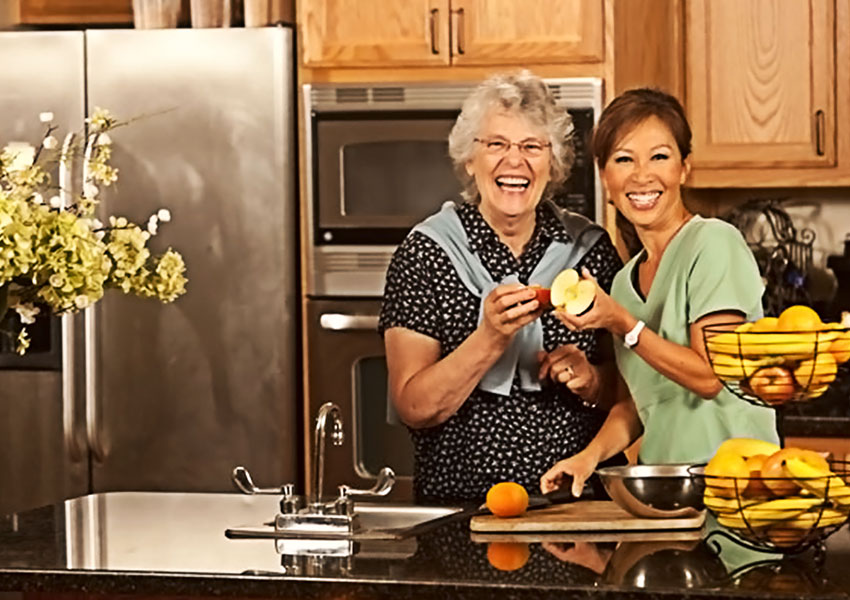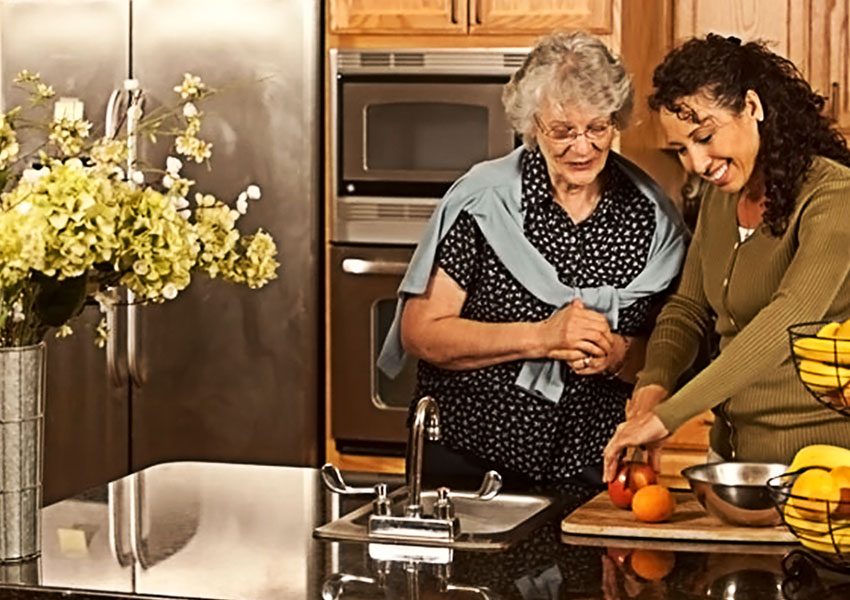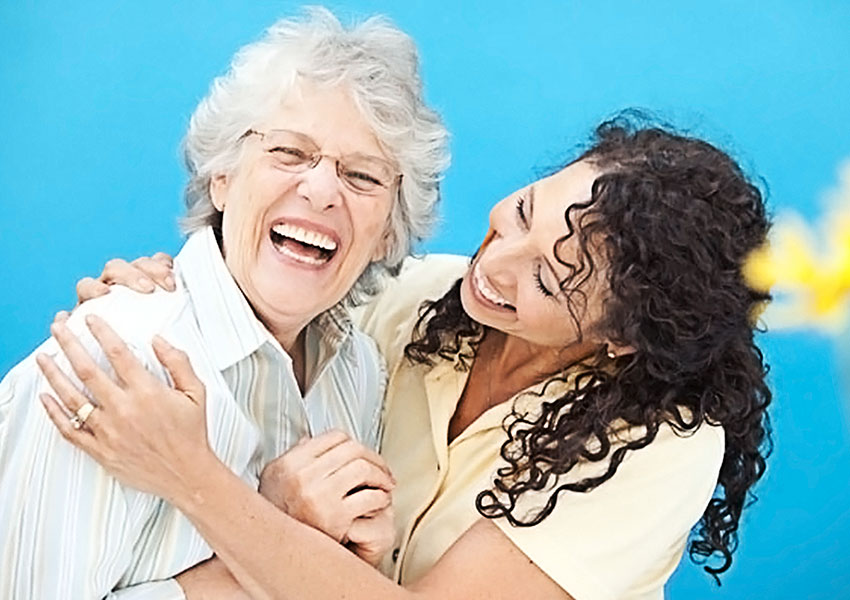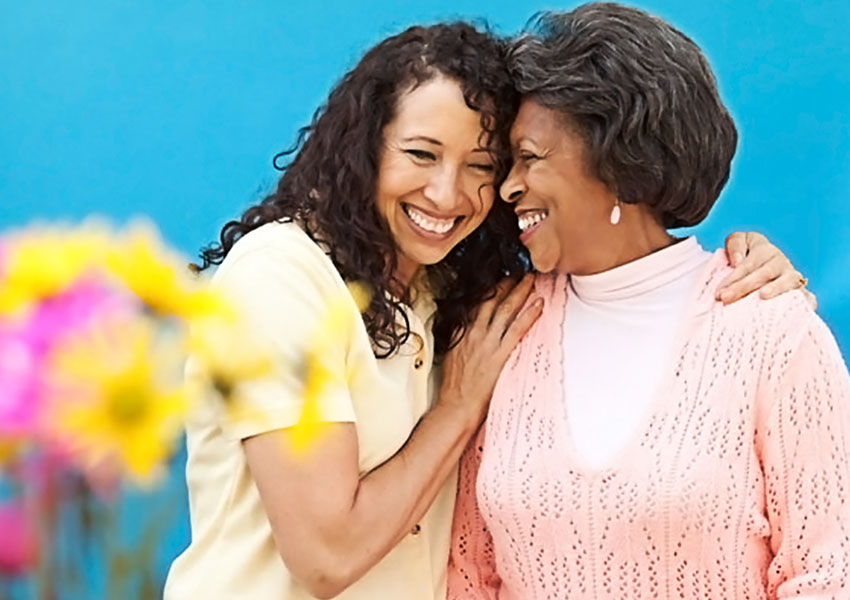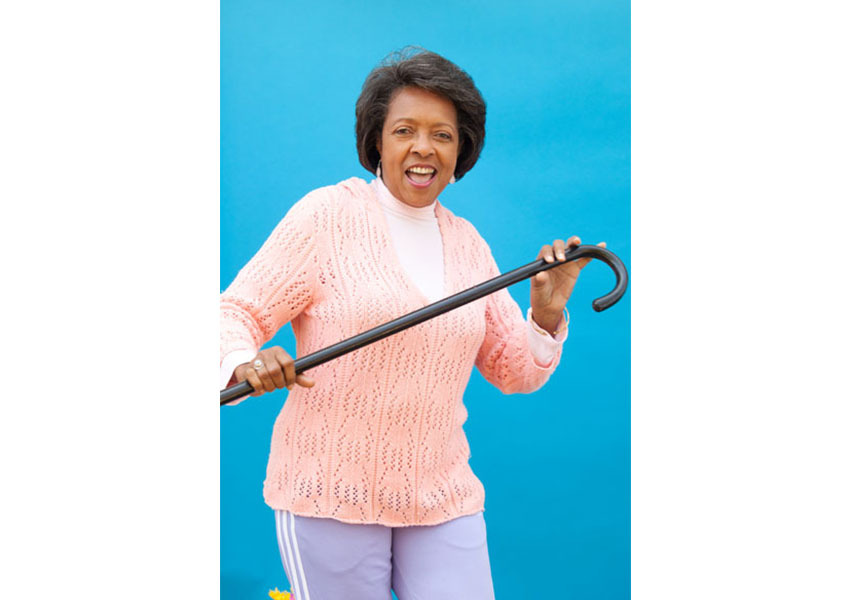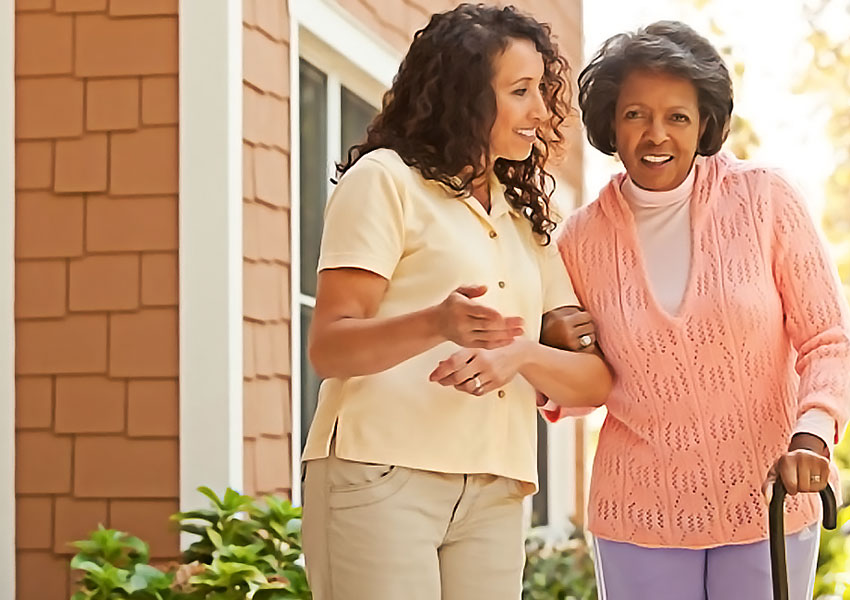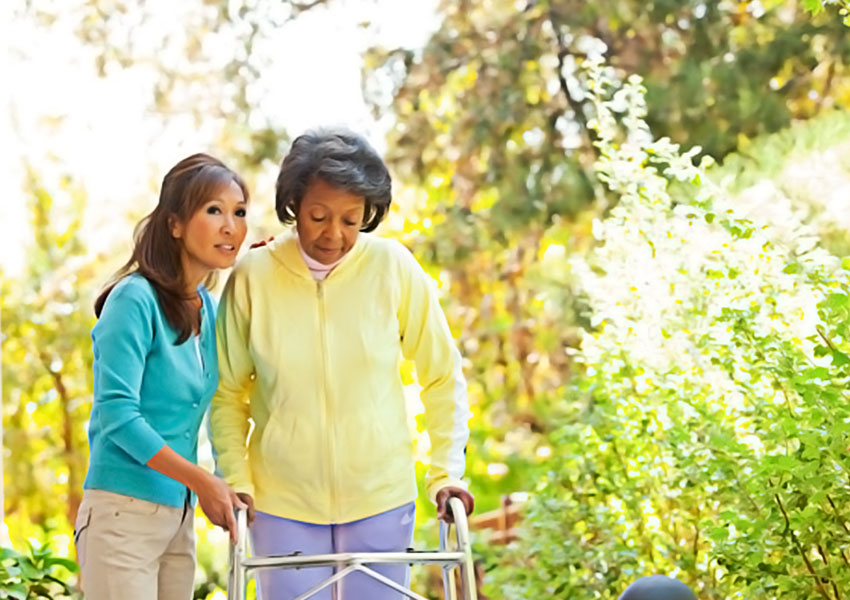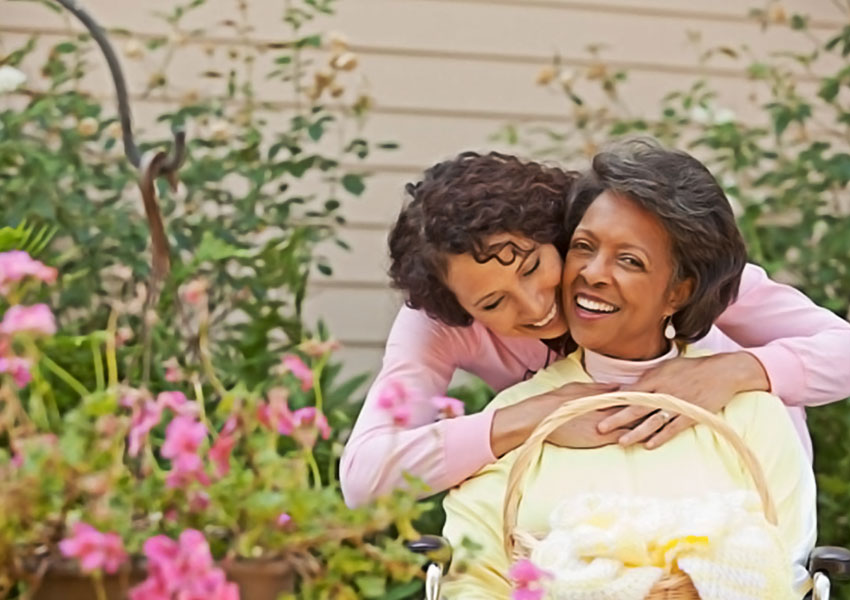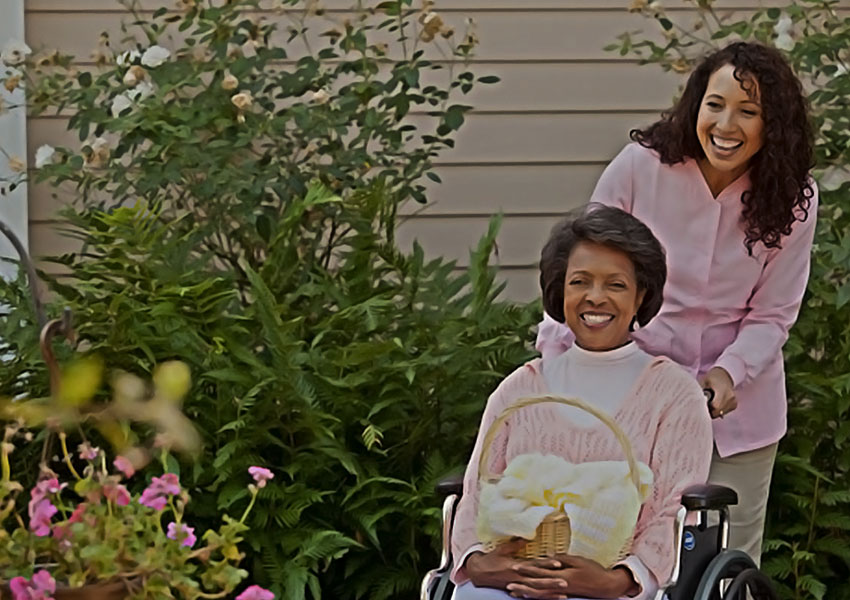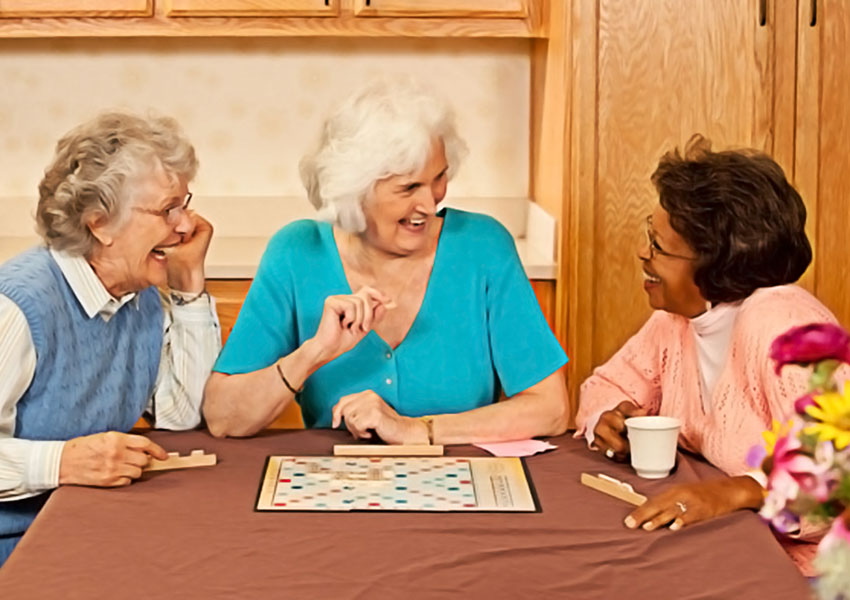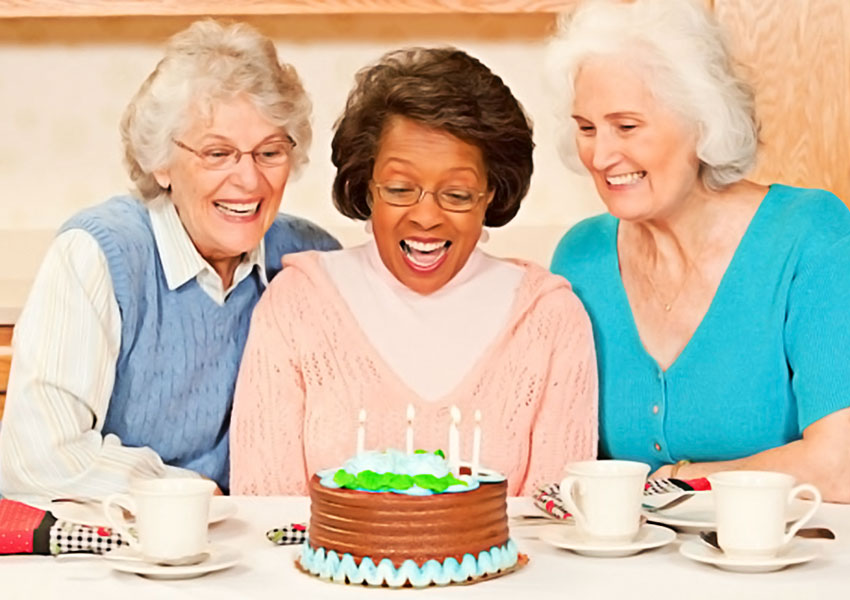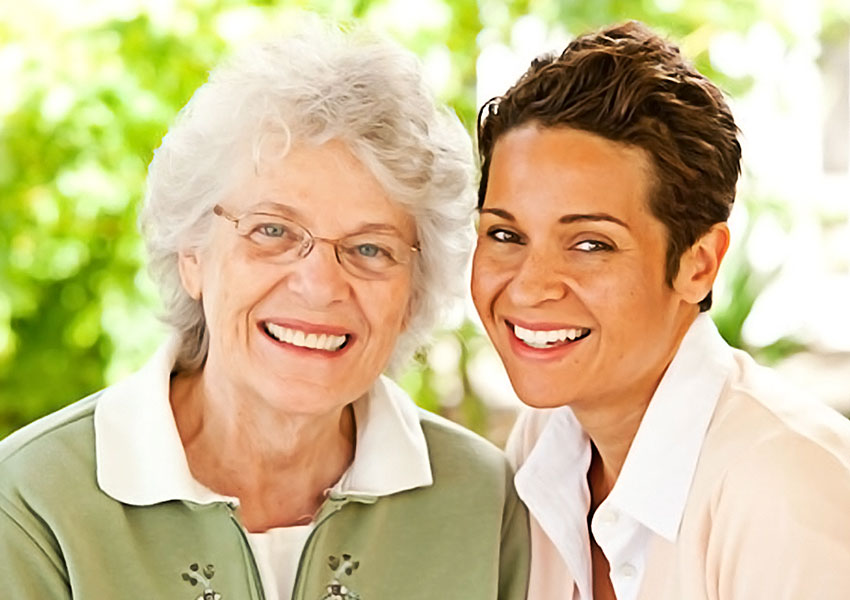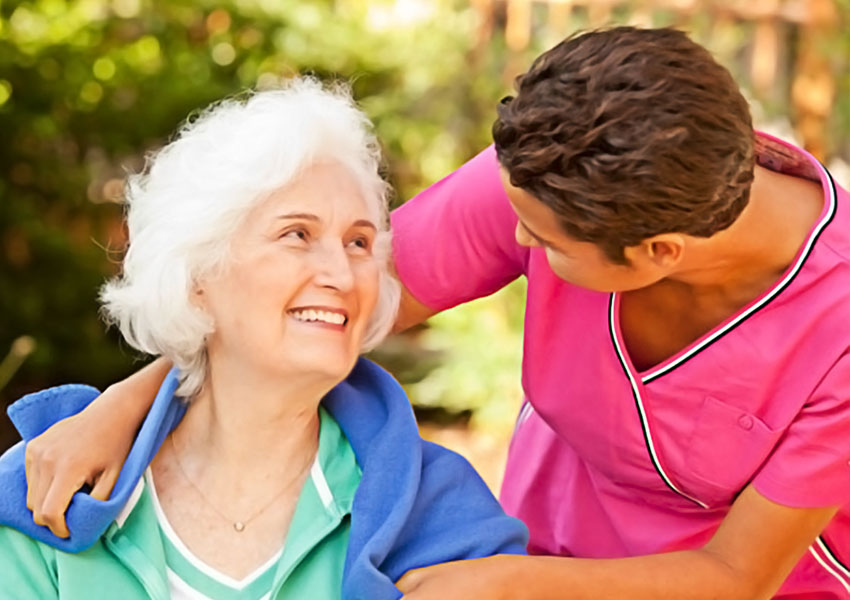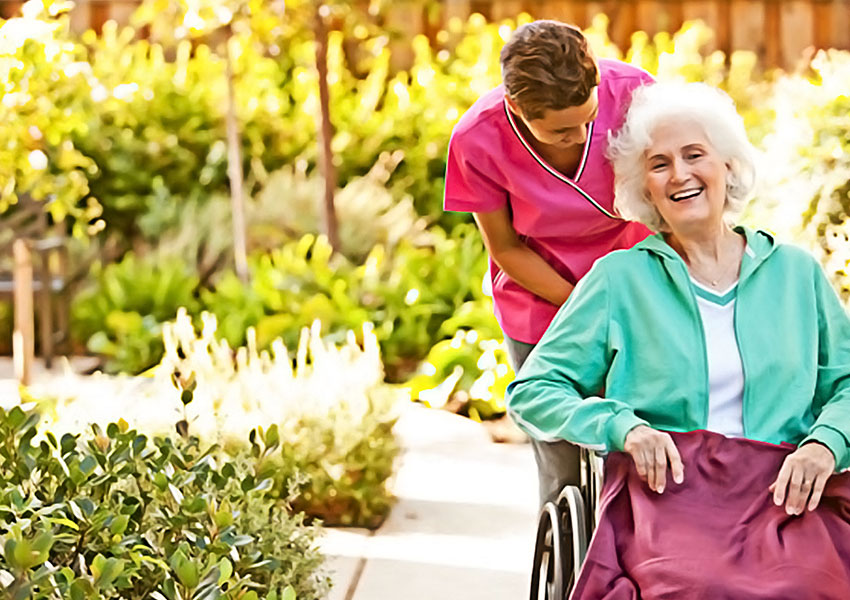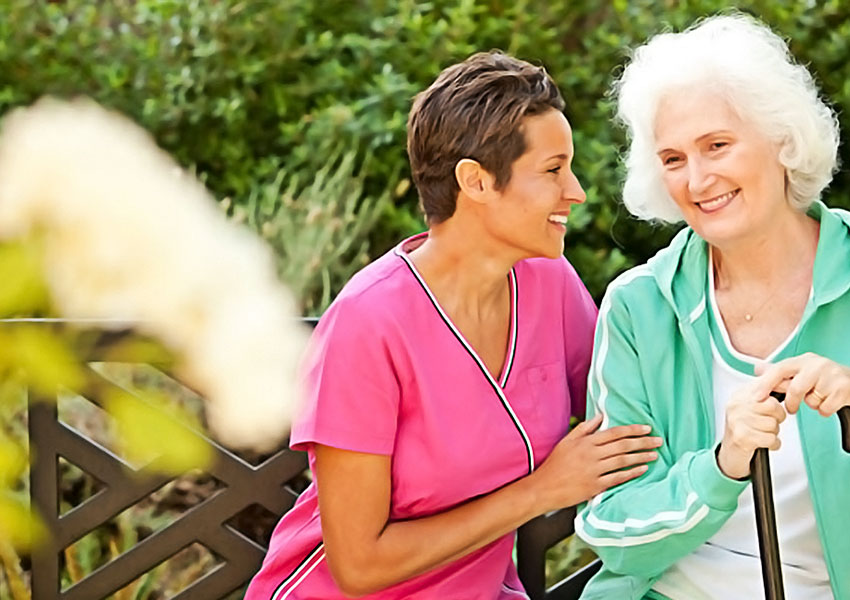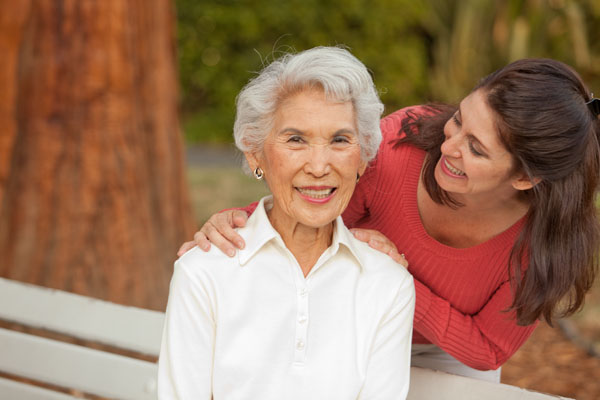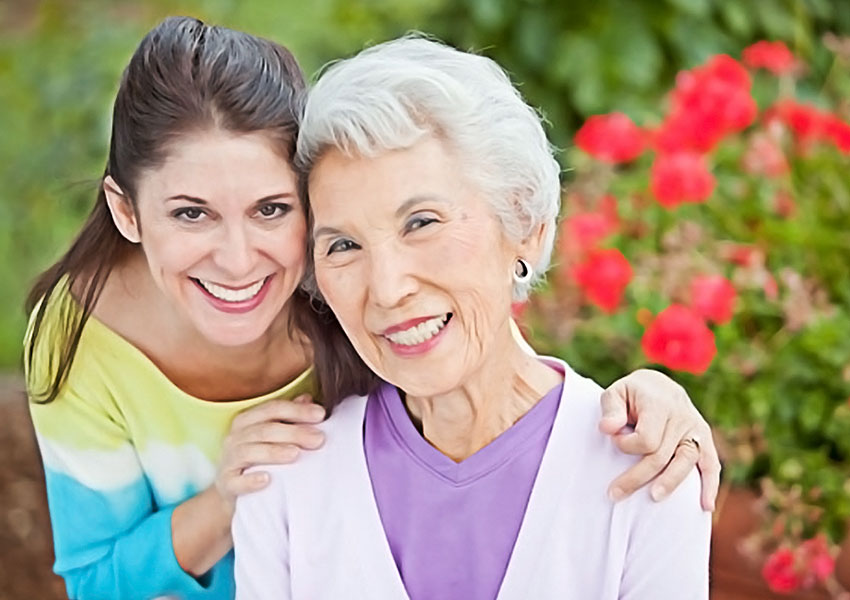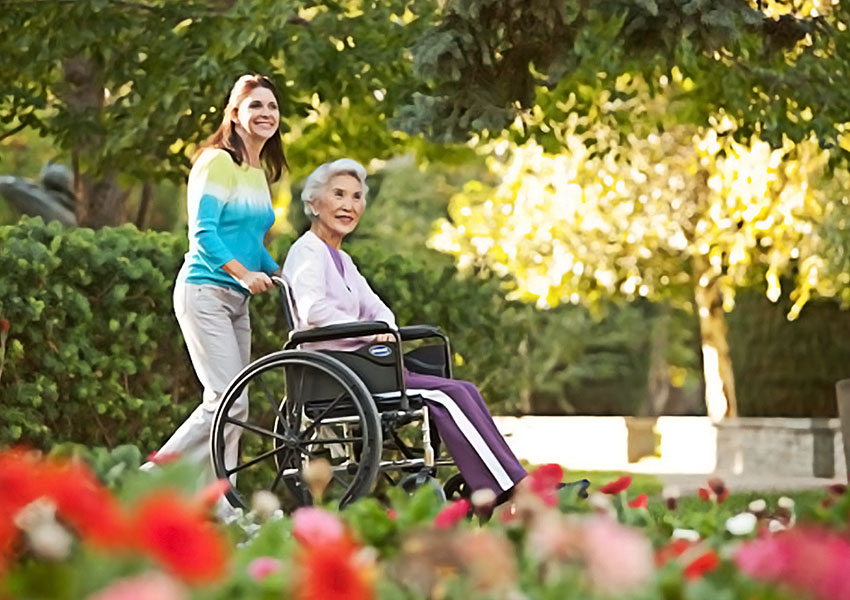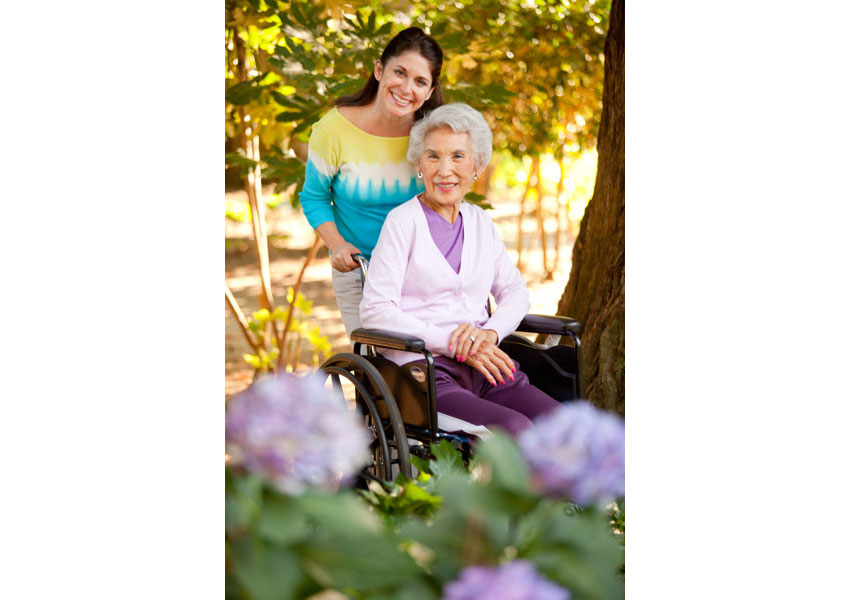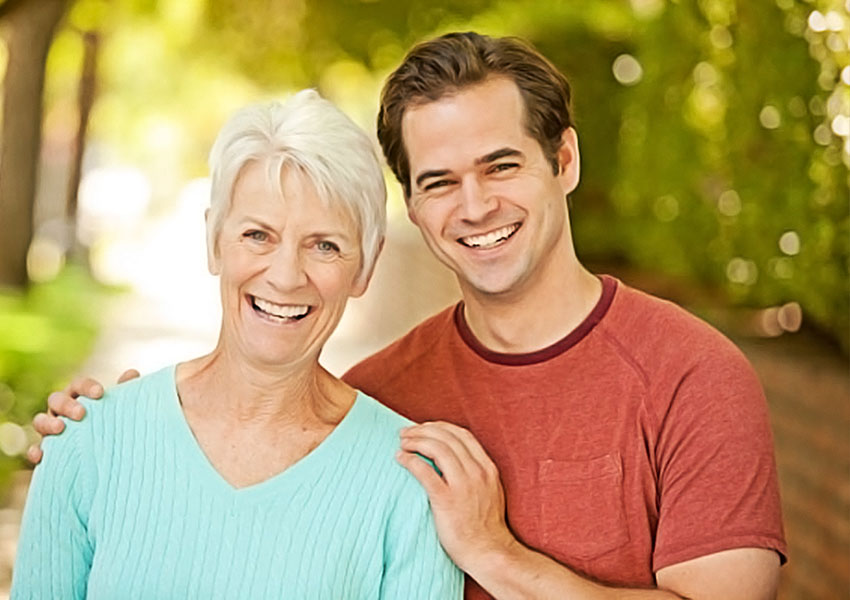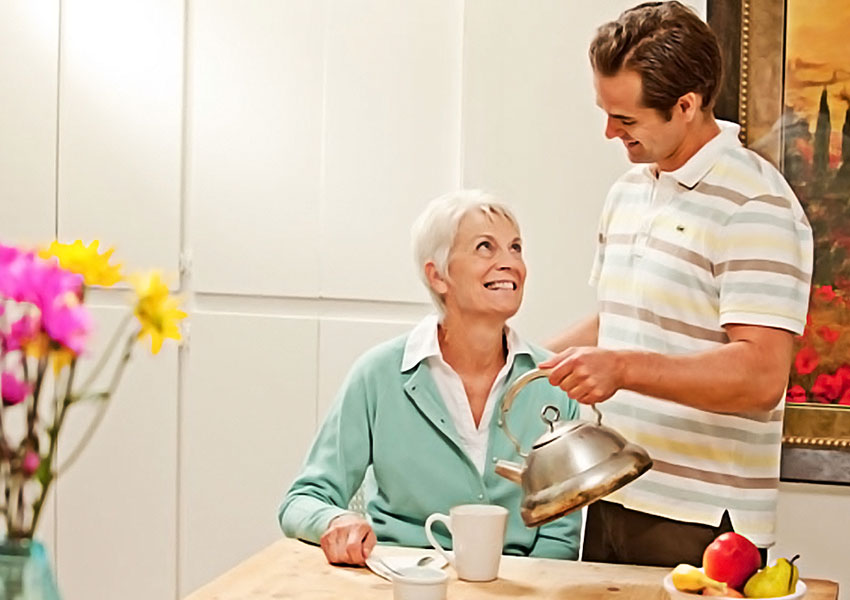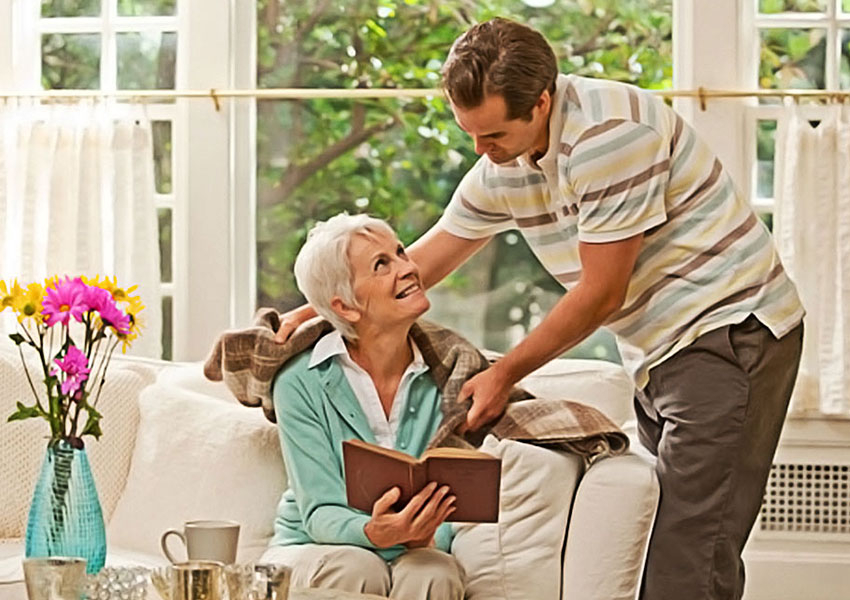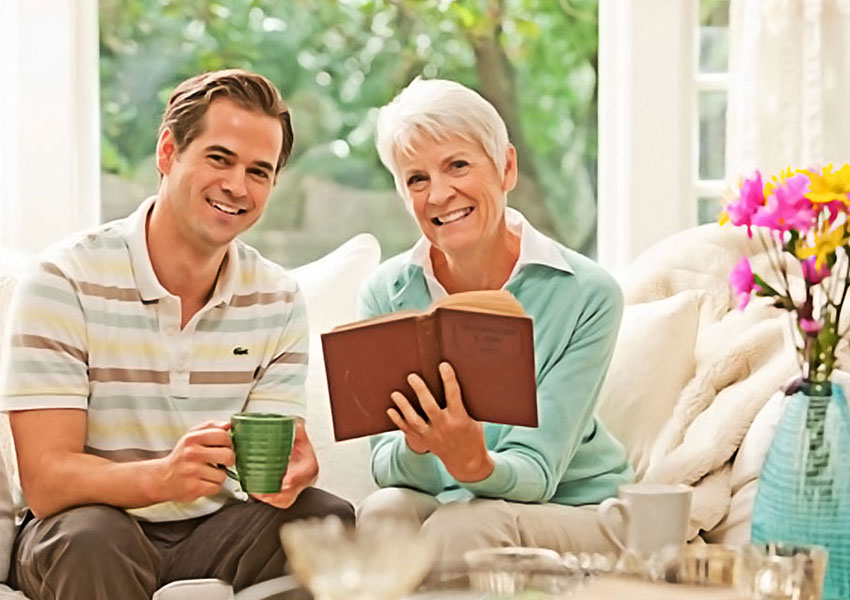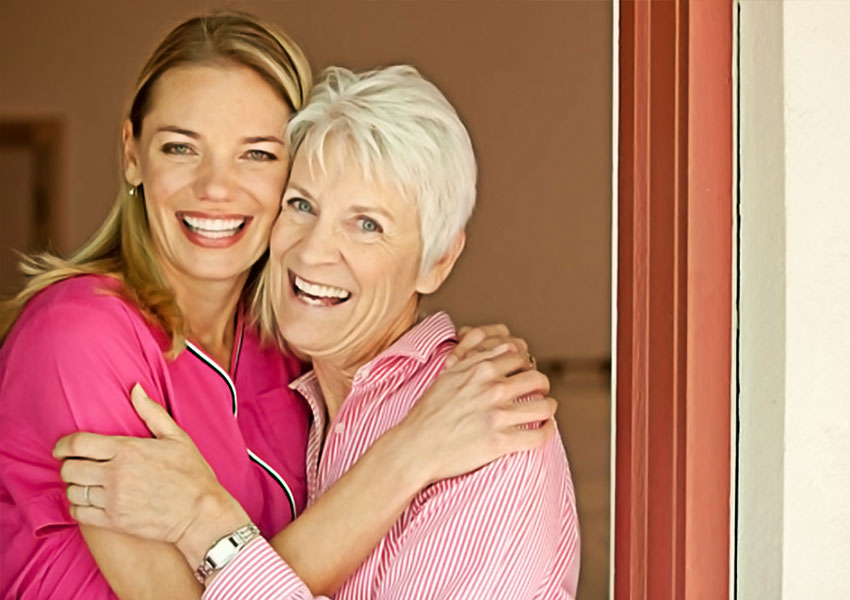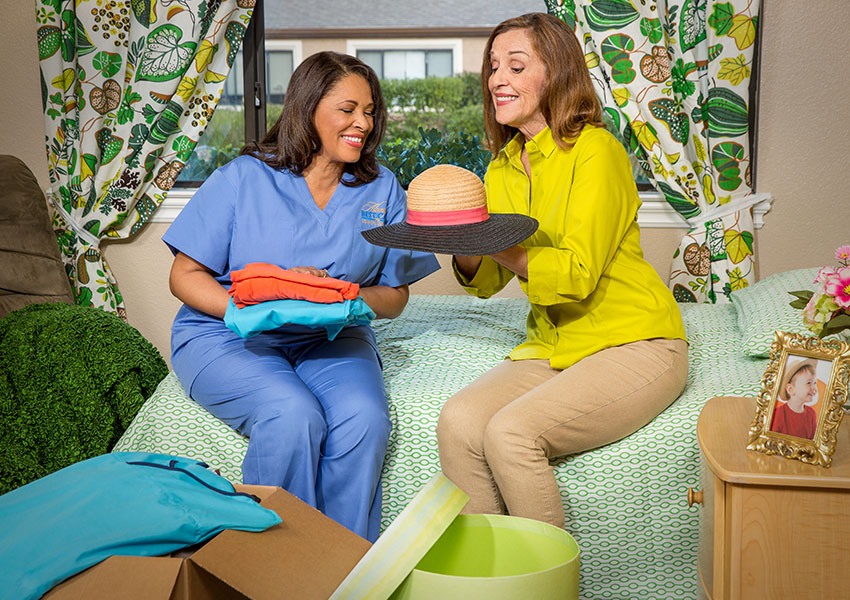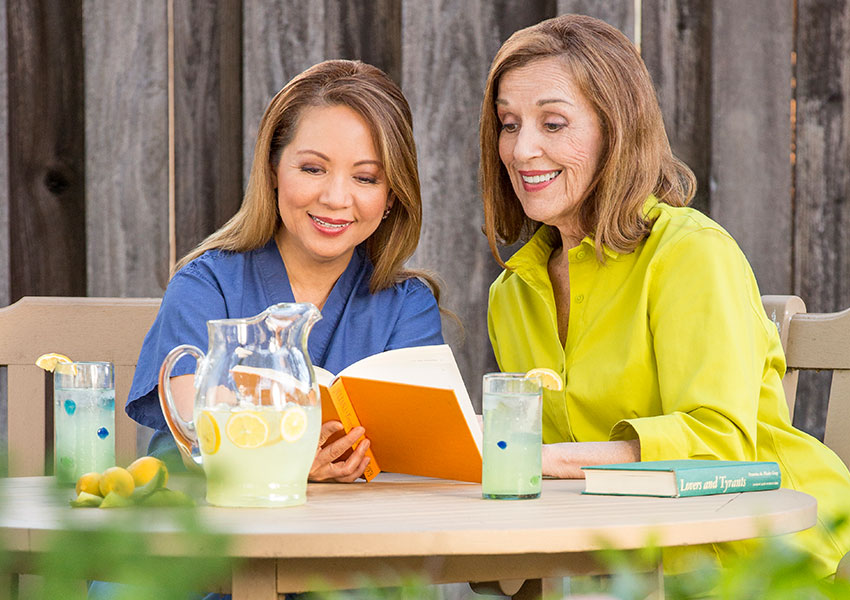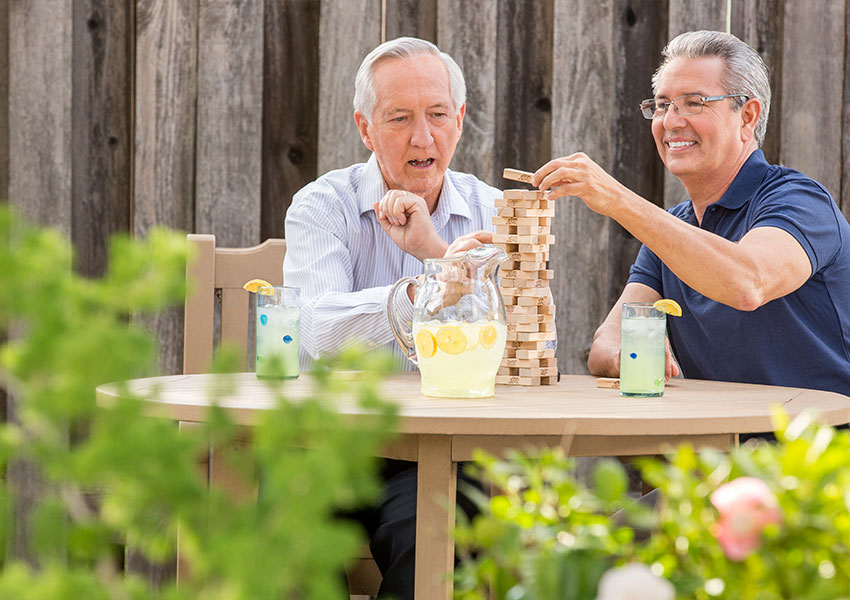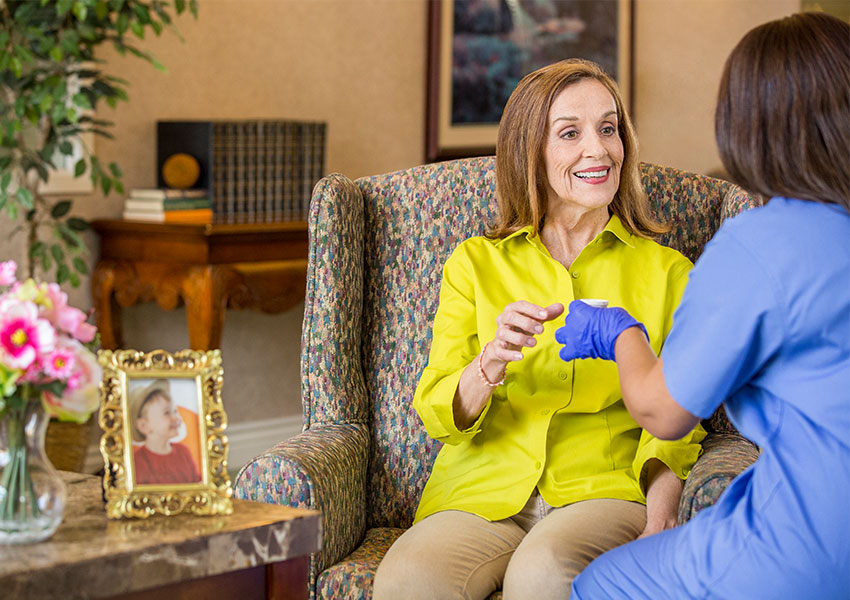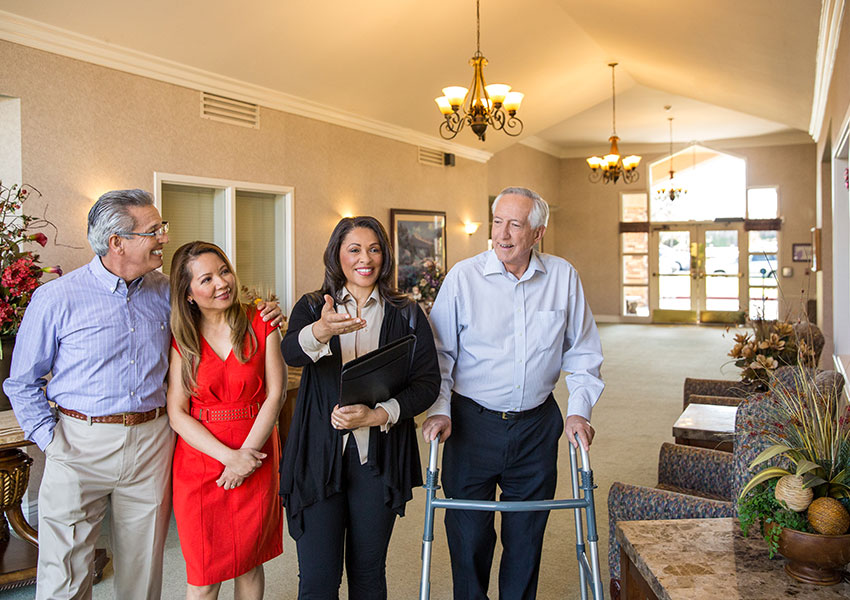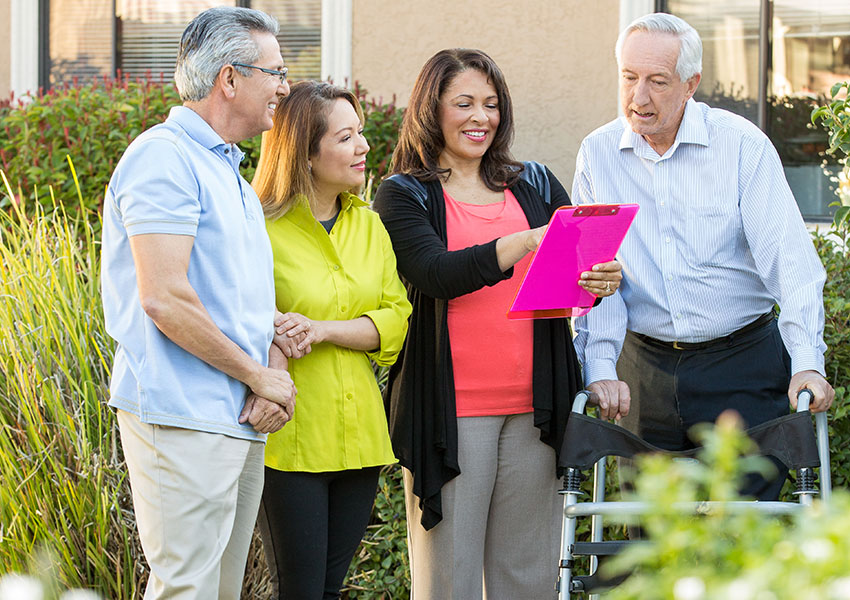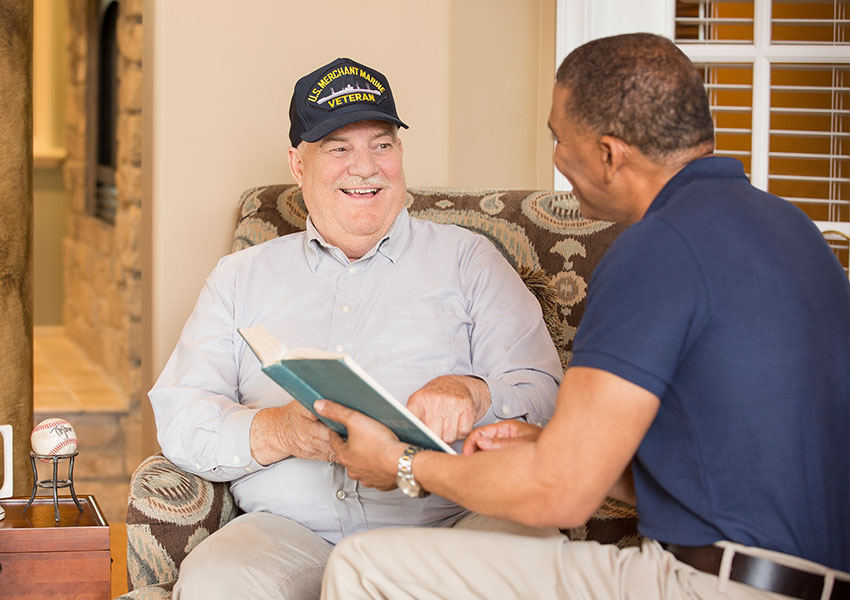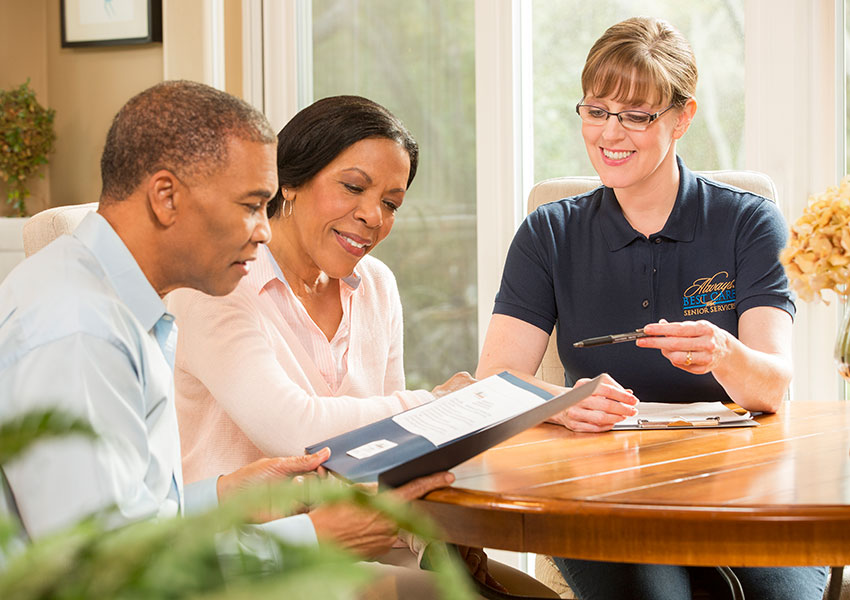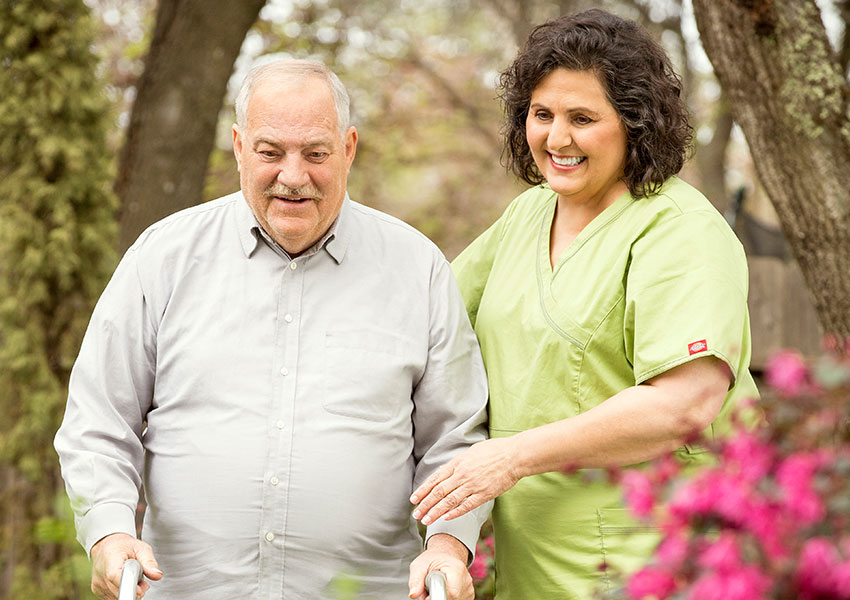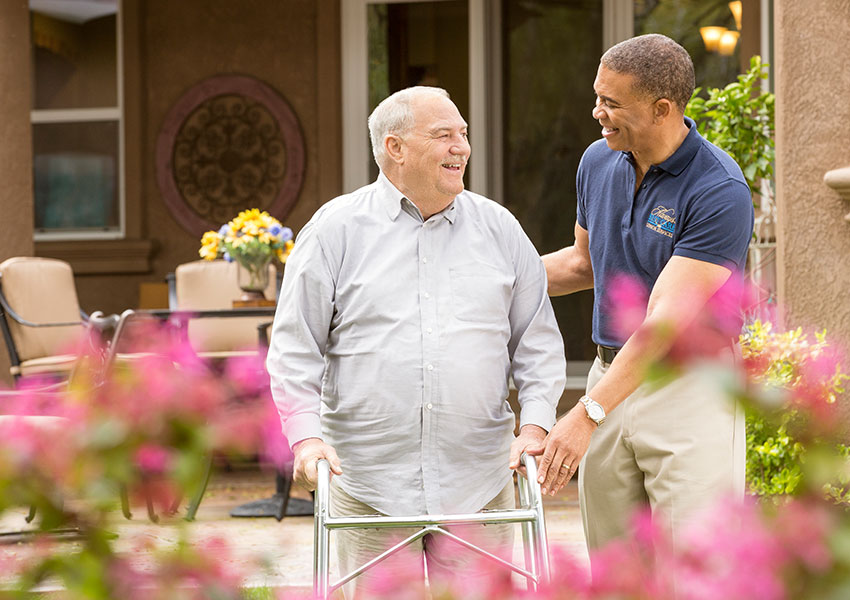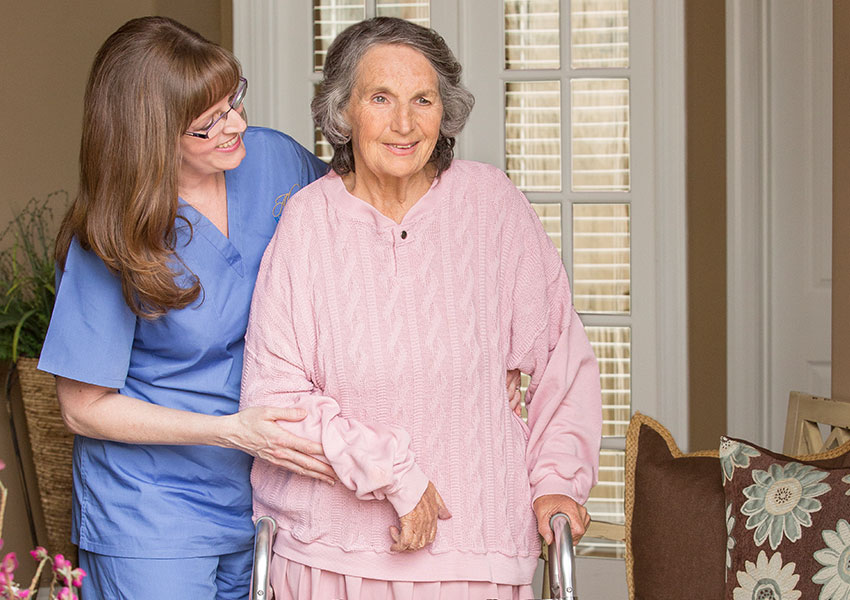 When a senior loved one chooses to live their life at home where they are most comfortable, you can rest assured that they are making a choice that is in their own best interest. Living at home in one’s senior years makes it possible to experience the greatest levels of comfort and ease. And today, seniors can choose that lifestyle knowing that they are in the hands of outstanding caregivers who can arrive to provide assistance exactly as needed.
When a senior loved one chooses to live their life at home where they are most comfortable, you can rest assured that they are making a choice that is in their own best interest. Living at home in one’s senior years makes it possible to experience the greatest levels of comfort and ease. And today, seniors can choose that lifestyle knowing that they are in the hands of outstanding caregivers who can arrive to provide assistance exactly as needed.
But living at home is something that can cause concern among family members when it comes to issues of safety. The home may be a comfortable and familiar place to live one’s senior years, but that doesn’t mean it’s the safest space. The home must be maintained well in order to ensure that a senior loved one avoids accidents and mishaps.
Lighting, in particular, is one aspect of the home that can make a huge difference when it comes to the overall safety level of the space. Bad lighting, when combined with senior eyes that don’t see as well as they used to, can lead to accidents that might otherwise be avoided in other, more controlled circumstances.
If you are ultimately responsible for the care of a loved one who receives in-home care, here are some of the things you can do to make sure that the light is right!
#1 — Improve Ambient Light Levels
As you tour your senior loved one’s home, you might think that there is sufficient light available throughout the home, but your loved one may not see it that way. Take a look at the general level of ambient light in the home and pay attention to how your loved one moves around the house. Does it seem like there is enough light? Are fixtures and lamps providing light that is bright enough to see? If the overall light level is too dim, it’s time to change bulbs, add lamps and take other action to ensure that your loved one can see what’s happening.
#2 — Pay Special Attention to “Danger Zones”
The kitchen, the bathroom, staircases and transitional areas — these might be considered “danger zones” that are more conducive to accidents than other parts of the house.
Consider these zones and determine if there is enough light present. Add fixtures if needed, and don’t be afraid to install simple night lights in areas that are shadowy and potentially dangerous.
#3 — Proper Light for Chores, Tasks and Crafts
Senior eyes get tired and fatigued more easily than younger ones, especially when engaging in craft activities or other such tasks. So it’s imperative that you ensure enough light exists in areas where seniors do their work.
Consider lamps with high-intensity bulbs so seniors don’t have to strain when they work on their special projects. This leaves their eyes less fatigued — and better able to navigate the rest of the home when it’s time to call it a day.
Learn More
Are you concerned about your senior loved one’s ability to live safely at home? Always Best Care is here to help you! Give us a call today at 1 (855) 470-CARE (2273) for more information and to receive your completely FREE care consultation with one of our experts.





